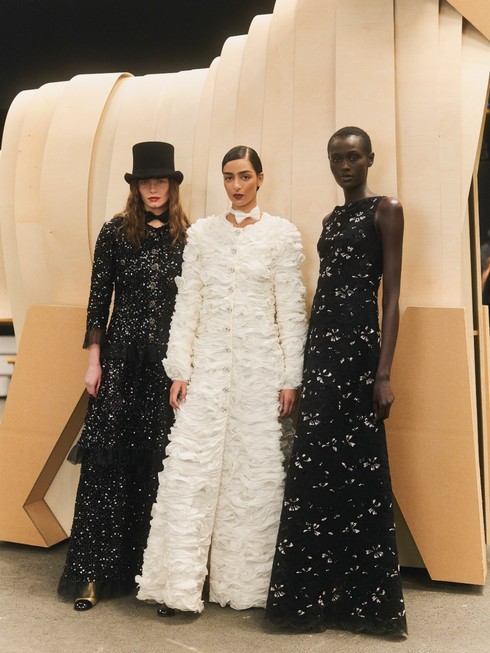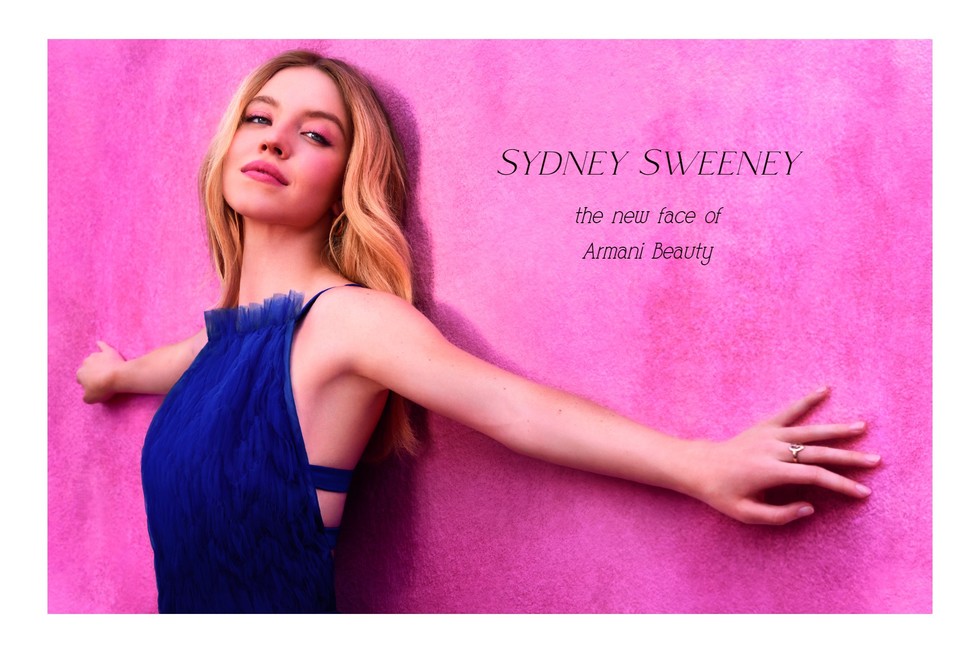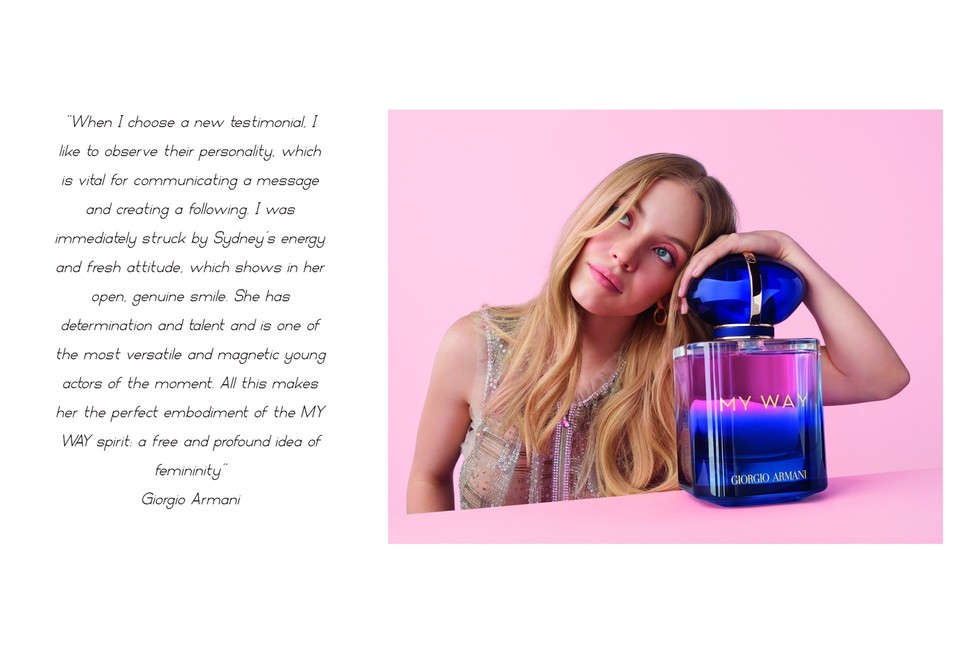An Interview with Little Jinder
Written by Decirée Josefsson by Sandra MyhrbergIn art, one does not aim for simplicity; one achieves it unintentionally as one gets closer to the real meaning of things, Constantin Brancusi once said. A state of mind that fits Josefine Jinder, more known by her persona Little Jinder very well.
The songwriter and artist Little Jinder thrive by challenging the unknown, proving that only constant is the change itself by always reinventing the already known. Her music is a homage to the rawness in melancholy. With vulnerable, authentic and autobiographical lyrics that radiate a deep level of confidence it’s understandable that Jinder has been called the one and only true Swedish rockstar.
Is there any difference between the persona Little Jinder and Josephine as an individual?
I would definitely say that. As an artist I don’t bake bread with my son or vacuum under the sofa even if those in my opinion are very artistic activities. The artistic persona helps me to build figurative expressions that match the music that I make, but at the same time the music resonates deeply with my core values as a person. They kind of both depend on each other.
Do you consider yourself affected by external affirmations?
I was more sensitive to them in the early days. I ignore other people’s opinions since it’s just a reflection of themselves. I care about being authentic and it’s impossible to be if you worry about other people’s perception all the time. A good thing is to not read anything about yourself. I just only read positive reviews or comments when somebody friendly sends it to me.
What do you think is the key to always dare to develop yourself and not give in to the self hatred part of oneself? How would you describe your relationship towards performance and self doubt?
I am dependent on my self hatred. I think I need it, to keep going. I question everything I do and I almost always hate the dated things I’ve made and it forces me to create new things. So I just embrace the negativity to stay creative.
If you could choose one of your songs to tell us about, which one would it be and why?
I like Luft För Dig. It was a hard song to write because it was about family. I really like the production on that one too since it came straight out of me with just an 808 and one synth in like one take. I like the rawness in the melancholy. I was so young. Everything I did when being young and undestroyed is so much better than what I do now.
How do you keep yourself free (if you do) in what you're producing when you've been in the industry for such a long time?
I don’t feel free, that’s why I think every artist ideally should quit or do something else after two albums. But if you don’t want to quit, like me, its just to try really hard to stay independent in your process and not let people in.
You have to die, to rise again” lyrics taken from one of your songs “Sirener” från your latest album “Svarta Diamanter” what do you mean by that?
It's about daring to end things to let new things happen. I strongly believe in disrupting patterns to see what happens. I never want life to be expected or the same. Life is all about movement. And to be able to move forward you can’t be stuck. Re:inventment of the self is the most important mind-trick I have.
What is the one important wisdom you try to live by in your daily life?
Break the law.
How would you describe your personal style (fashionwise) in three words?
Ware what feels like how you feel.
On your website you have a category named “Notebook”, where you shared personal writing throughout the year of 2022, for what reasons are you journaling?
I just like to write. But I delete every post after a few days because I can’t stand the feeling of a truth or cemented opinion of a day or situation. I change in how I feel and think about things so quickly. So a notebook is a bad idea for me actually.
You wrote “One two plus years with phoenix rising from the flames. 2023 feels promising.” on your own website what do you mean by that?
I mean… that I think this year will be easier emotionally for me than last year which was pretty rough and took a lot of hard work to feel better.
What projects can we look forward to seeing Little Jinder do in 2023?
There will be a festival tour in the summer. Im writing new songs as always and I’m writing my expressen column. We’ll see!






























